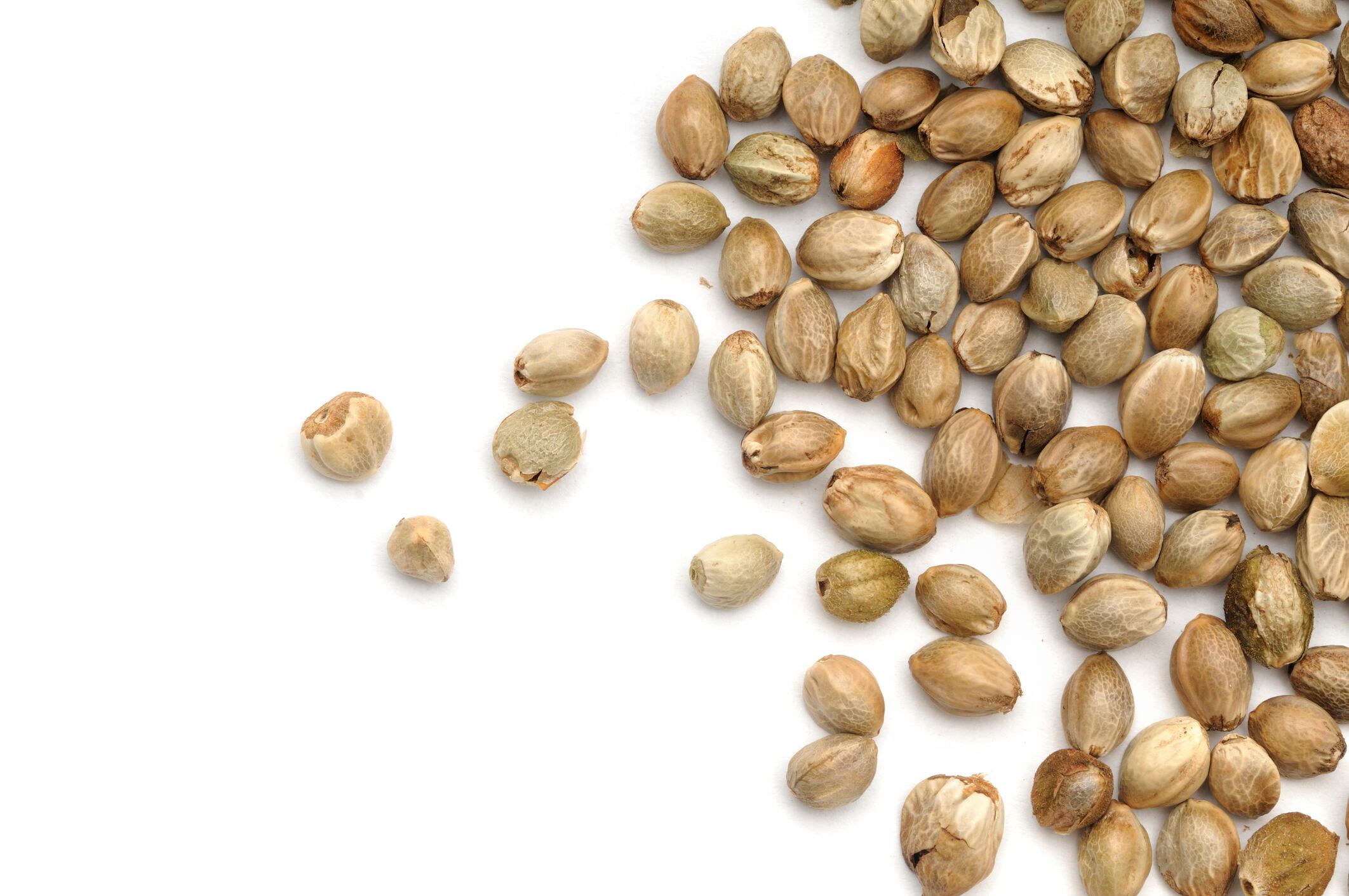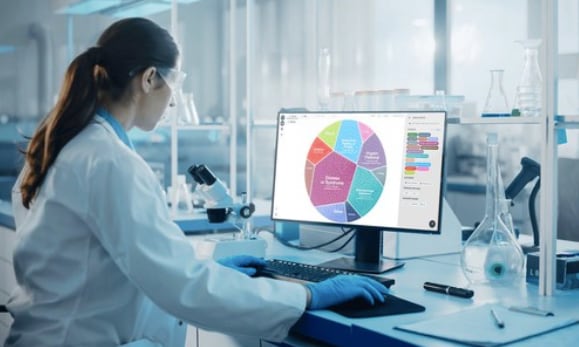The new research was published this week in the Journal of Biomedical Informatics. The authors are associated with universities and institutions in the United States and Brazil.
The authors’ stated goal was to improve the understanding of terminology used in the study of dietary ingredients and finished supplement formulations with an eye toward matching those with plausible modes of drug-supplement interactions. They did this by “leveraging biomedical natural language processing (NLP) technologies and a DS (dietary supplement) domain terminology. “
Teaching old tool new tricks
The researchers started with an NLP tool called SemRep. which is a “UMLS-based program that extracts three-part propositions, called semantic predications, from sentences in biomedical text.”
UMLS, or Unified Medical Language System, “Integrates and distributes key terminology, classification and coding standards, and associated resources to promote creation of more effective and interoperable biomedical information systems and services, including electronic health records.”
Nomenclature for dietary ingredients has been problematical for decades, especially for botanical ingredients. A key part of the effort was getting the terminology right, so the new NLP tool the researchers developed knew what to look for, and to cut down on spurious returns.
Hundreds of potential new supplement-drug interactions found
They called their new tool SemRepDS, which added in the new dietary supplement terminology to the base SemRep tool. They added in more than 28,000 dietary supplement-specific terms to create their new tool. When applying both tools to studies accessed through PubMed, SemRepDS “returned 158.5% more DS entities and 206.9% more DS relations than SemRep.”
The researchers found 350 potential drug-supplement interactions, 325 of which appeared not to have been mentioned in the literature before. After a review by domain experts, 76 of those novel interactions were judged to have plausible mechanisms of action.
The results of the data mining was plotted on a comprehensive knowledge graph, which the researchers branded as SuppKG.
Kingston: New approach holds promise, but some underlying data is weak
Rick Kingston, PharmD, head of scientific and regulatory affairs for SafetyCall International, said the new research is intriguing. But he said the problematical nomenclature of dietary ingredients goes hand in hand with more profound difficulties with much of the research. While it is less true today, many of the studies done on dietary ingredients in the past might have suffered from poor characterization of the ingredients, which makes the use of that research in a unified data set difficult.
“This modeling appears to be a novel approach at identifying potential drug-supplement interactions. Although the model may have applicability in a variety of settings there are likely significant limitations as it pertains to dietary supplements. The model assumes the characterization and identification of dietary supplements found within published works are accurate,” said Kingston (who is also a professor at the University of Minnesota).
“Although characterization of various botanical substances has improved, historically that level of detail has been missing from many published studies. Another issue is that many of the dietary supplements in the market have multiple ingredients in a proprietary blend which does not include the exact concentration of individual ingredients. Thus, there may be effects occurring from the combination of multiple ingredients rather than a single ingredient in the mix,” he added.
“Despite its limitations, this modeling may generate reasonable hypothesis regarding single substance dietary supplement ingredients that may contribute to the understanding of supplement-drug interactions. The next step is to study some of the potential interactions and determine if they have clinical relevance,” Kingston concluded.
Source: Journal of Biomedical Informatics
2022 Jun 13;104120. doi: 10.1016/j.jbi.2022.104120. Online ahead of print.
Discovering novel drug-supplement interactions using SuppKG generated from the biomedical literature
Authors: Schutte D, et. al.




